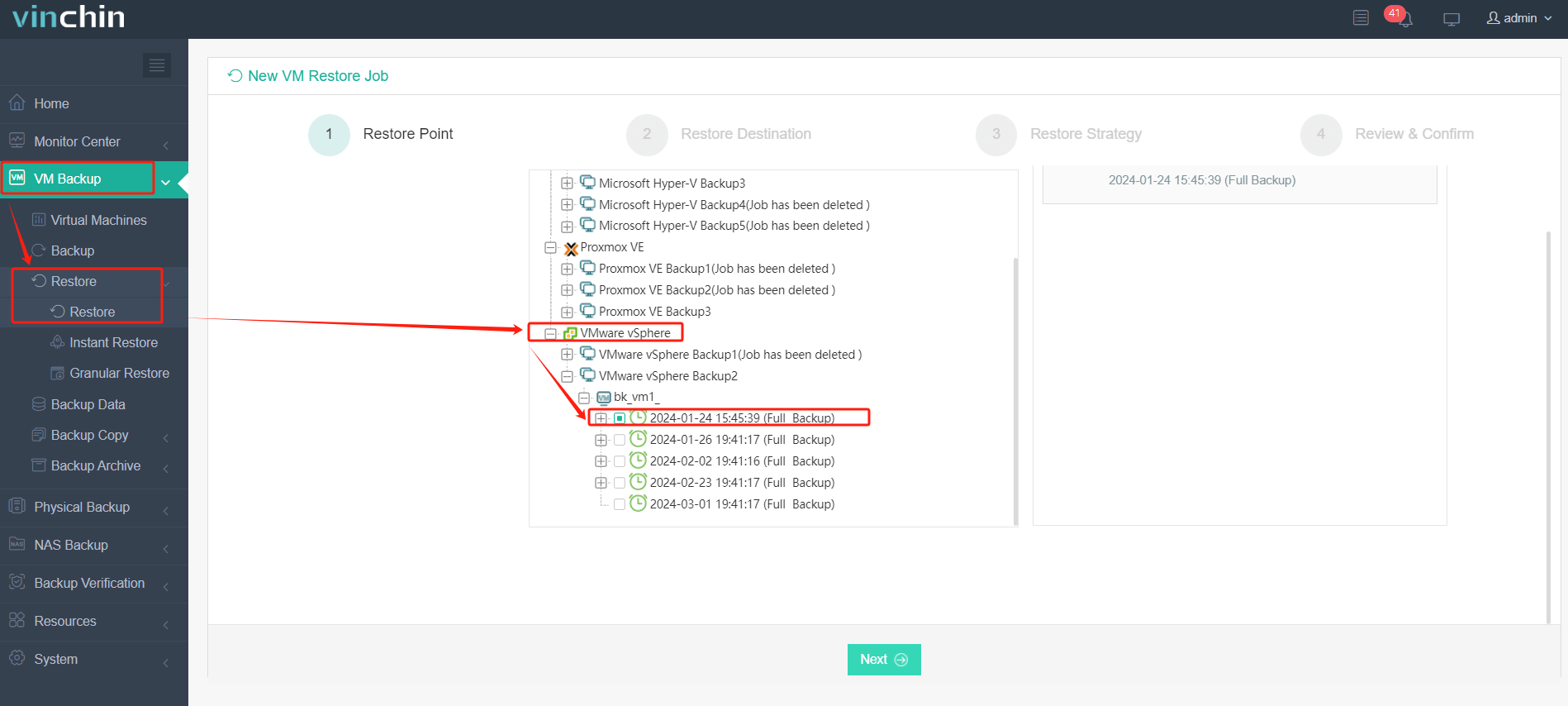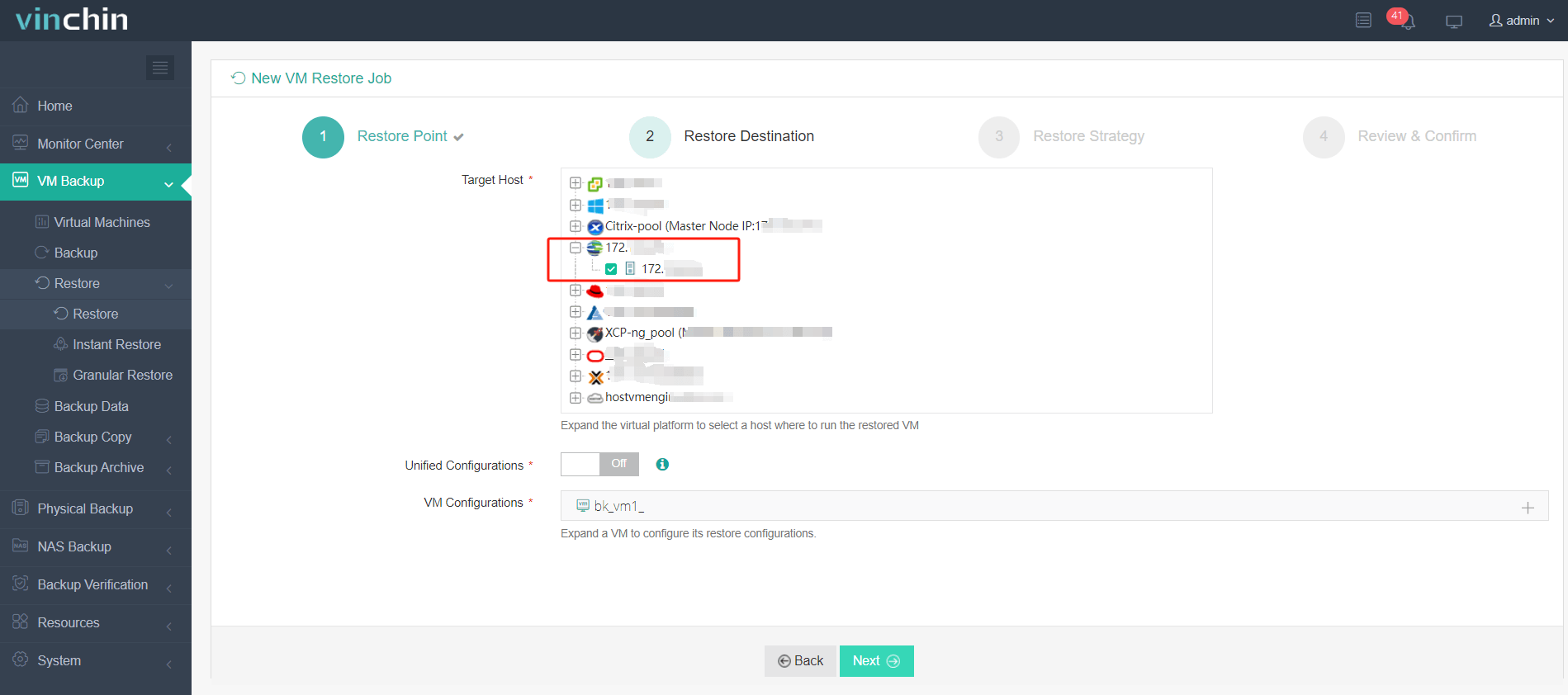-
What is Sangfor HCI?
-
What is VMware?
-
Comparison between Sangfor HCI and VMware
-
How to migrate from VMware to Sangfor HCI and vice versa?
-
Sangfor HCI vs VMware FAQs
-
Conclusion
Virtualization technology is the foundation of Hyper-Converged Infrastructure, which is an integrated development based on the technologies of computing virtualization, storage virtualization, and network virtualization. It is a product and solution oriented towards modern data centers.
The mainstream Hyper-Converged Infrastructure manufacturers in the market include VMware, Nutanix, Sangfor, Smartx, and Easystack, etc. Among them, VMware has made a strong entry into the HCI market due to its widespread market share in server virtualization. However, since VMware’s acquisition by Broadcom, various uncertainties such as changes in licensing and partnership relations have caused many users to feel anxious. To cope with the potential crisis, many users are looking for alternative solutions. Sangfor has become one of the choices by offering a full-stack infrastructure product and solution.
What is Sangfor HCI?
Sangfor HCI is a solution provided by Sangfor Technologies, which is a global vendor specializing in enterprise network security and cloud computing solutions. HCI is a type of infrastructure system that combines all of the traditional data center hardware functions into a pre-configured software-centric architecture. This includes computing, storage, networking, and virtualization resources.
Sangfor’s HCI solution is designed to simplify data center operations by consolidating these components into a single, integrated platform that can be easily managed and scaled. This is particularly beneficial for organizations looking to reduce complexity, increase efficiency, and lower the total cost of ownership for their IT infrastructure.
The primary reasons driving customers to choose HCI include:
Agility: It offers speed, efficiency, and cost-effectiveness within data centers that are comparable to public clouds.
Scalability: It starts at a small scale and can be easily expanded vertically or horizontally while maintaining performance levels.
Simplicity: Operations are simplified through software-driven automation and lifecycle management.
What is VMware?
VMware is a leading provider of multi-cloud services for all apps, enabling digital innovation with enterprise control. It offers a wide range of software and services in virtualization, networking, and security, as well as digital workspace technology. Key products include VMware vSphere for server virtualization, VMware ESXi as a bare-metal hypervisor, VMware Workstation and Fusion for desktop virtualization on Windows, Linux, and macOS respectively, and VMware NSX for network virtualization and security.
Furthermore, VMware’s portfolio includes vSAN for software-defined storage, Horizon for virtual desktop infrastructure, and VMware Cloud Foundation for a comprehensive cloud infrastructure solution. These products help organizations run, manage, connect, and protect their applications across various environments, facilitating flexibility, scalability, and digital transformation efforts. VMware’s solutions are integral to modern IT infrastructures, offering enhanced agility and efficiency for businesses of all sizes.
Comparison between Sangfor HCI and VMware
Here are some comparison points between Sangfor HCI and VMware:
1. Market Position and Recognition
VMware is a pioneer and leader in the virtualization market, and its virtualization products, especially VMware vSphere enjoys a very high market share and enterprise trust.
Sangfor has a strong influence in the Asian market, particularly in China, but globally, especially when compared to VMware, it has a lower profile and market share.
2. Product Investment
Sangfor’s private cloud and HCI are strategic products for the company, whereas VMware focuses on the virtualization market, targeting top customers in finance, telecommunications, energy, and other sectors. In recent years, it has been focusing on NSX and the vSAN hyper-converged market.
3. Performance
Sangfor HCI is based on the KVM architecture, which integrates directly into the Linux kernel, reusing the host server’s performance through processes. In terms of overall performance, VMware is superior to KVM as it partitions spaces.
4. Business Support
Sangfor provides a higher performance aSAN (tiered, striped, and localized) compared to vSAN; Sangfor offers a distributed architecture that is more dependable than vCenter’s centralized deployment, and provides an integrated backup and disaster recovery solution of the same brand; Sangfor supports appliance delivery, providing better business services to users, while VMware only supports the delivery of software and servers from a compatibility list.
5. Deployment Method
VMware requires a separate deployment of management components, and vCenter is centralized. Sangfor’s management platform is designed to be distributed.
Features | Sangfor HCI | VMware |
Management interface | The same interface with different modules. | Virtualization and HCI use unified vCenter to manage nodes, while virtual networks and cloud management use separate management interfaces |
Hardware requirements | Support for software-based deployment, as well as an all-in-one appliance solution | Support software-only deployment and do not provide all-in-one appliances, but partner with EMC and DELL to offer standardized deployment hardware nodes through Ready Node. |
Composition |
|
|
Compute virtualization | Support HA, DRX, DRS, vMotion, CDP etc., does not support DPM, FT. | Support HA, DRS, vMotion, DPM, and FT, and VDP backup is basically abandoned (need to purchase third-party backup software) |
Storage virtualization | aSAN has very good performance and can host Oracle RAC database | vSAN operates exclusively on the vSphere ESXi hypervisor layer, supporting all-flash storage configurations, erasure coding (EC) for data redundancy, stretched clusters for high availability across distances, and is capable of hosting Oracle RAC databases. |
Network virtualization | Supports virtual switches, virtual routers, layer 4 firewalls, layer 4 load balancing, micro-segmentation for virtual machines, and comes with service orchestration capabilities. | NSX allows users to create complex multi-tenant network topologies on existing physical networks without the need to alter the physical network itself. |
How to migrate from VMware to Sangfor HCI and vice versa?
Vinchin Backup & Recovery is not only a professional backup solution for virtual machine, but also an advanced VM migration solution, supporting VMware, Hyper-V, Proxmox, XenServer, XCP-ng, oVirt, OLVM, RHV, OpenStack, Sangfor HCI, etc. By adding both virtualized platforms into the backup system, you can perform easy agentless V2V migration with a user-friendly web console.
There is the built-in conversion engine in the backup system, you just need to select the VM you need to move to another virtualized platform.
It only takes 4 steps to migrate VMs from VMware to Sangfor HCI:
1.Choose the VM you want to restore.

2.Select the Sangfor HCI host to run the restored VM.

3.Select the restore strategy.

4.Review and submit the job.

Vinchin Backup & Recovery safeguards your virtual environment and facilitates VM migration across hypervisors. Try it fully-featured for 60 days and share your needs with us for a tailored solution.
Sangfor HCI vs VMware FAQs
1. Q: How does scalability compare between Sangfor HCI and VMware vSAN?
A: Both solutions offer scalability, but they approach it differently. Sangfor HCI allows for scaling compute, storage, and networking components together, which can be beneficial for maintaining performance balance. VMware vSAN scales storage independently from compute, allowing for more granular control over resources, which can be advantageous in environments with varying performance needs.
2. Q: Which solution is better for a company that is new to hyper-converged infrastructure?
A: For companies that are already using VMware products, vSAN would be a natural extension of their existing infrastructure. However, for businesses looking for an all-in-one solution that includes security and networking, or for those in regions where Sangfor has a strong presence, Sangfor HCI might be more suitable.
Conclusion
VMware and Sangfor are significant virtualization and HCI providers, with VMware leading in global market share and Sangfor gaining ground in Asia. VMware offers a wide range of mature virtualization products. Sangfor’s HCI solution appeals to those seeking integrated, easy-to-manage infrastructure with competitive performance. The choice between them depends on the enterprise’s specific requirements and preferences for maturity versus integrated solutions.
Share on:







